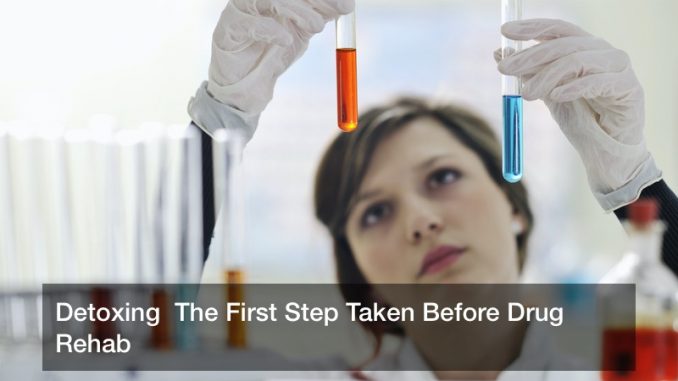

Drug rehabilitation is a difficult process that many individuals face to get their life back to what it used to be, before the drugs, before the bad habits. It is not an easy road, nor is it advertised as such. It is a hard road that, with patience, mental care, physical care, and a strong will, every unfortunate individual can reach the end of.
Common Drug Addictions
To put it in perspective, drugs are not always something that is inhaled or injected with a needle. Alcohol is also a drug, something many individuals forget. Addiction to alcohol has its own program: AA, or Alcoholics Anonymous. In fact, on America’s top deadly diseases, alcoholism ranks dangerously on third, only two places from first place.
And then there is heroin. Check your medicine cabinet for any prescription painkillers. Do you have some? It just so happens that almost every single heroin user, four out of five, starting using prescription painkillers before they moved to heroin. And then many of them, about 23 percent, went and abused opioids. Don’t worry, you are not expected to become addicted to heroin. However, this should put in perspective of how easy it is for some to make that leap. It is not hard for individuals to get their hands on prescription drugs. If you are worried about prescription drug use addiction, then you are always welcome to ask for an alternative. They are out there!
Drug Detoxing: The Storm Before the Calm
Drug detoxing is arguably the hardest part, the storm before the calm, and there is a good reason for that. Individuals that have abused drugs know that going without that drug for a certain period of time can cause havoc on your body, these symptoms are known as “withdrawal.” Rehab detox centers are equipped to help individuals overcome their withdrawal.
To get a very basic idea of detoxing, imagine you have a headache and you take painkillers to knock it out. The painkillers are the drug. However, over time, those painkillers wear off. Why? Because your body has expelled the drugged. It passed through your system but it doesn’t stay there forever. Once the drug is gone, you are still left with a headache. That could be a great analogy for an addiction. No matter how many times you take those painkillers, the “headache” never goes away. Rehab detox centers can help with those symptoms.
This party many individuals struggle with, it’s the first step they take, and comes with symptoms that are harder for the body to handle because it hasn’t ran at 100 percent due to drugs. Depending on the drug, individuals could experience flu-like symptoms, anxiety and seizures, depression, restlessness, as well as tremors. But once the detox is over, these symptoms abate until your body has time to fix itself.
A Day In Rehab
Once an individual passes through rehab detox centers, individuals can move onto the next stage: drug rehab. In drug rehab, it can be boiled down into two parts: therapy and good habits.
Drugs are habit-forming, and not the good kind. In rehab, individuals are treated with CBT, or Cognitive Behavioral Therapy. It’s just a fancy acronym for “forming good habits.” Triggers are found in patients that led them to drug abuse and then, through treatment, find an alternative response that is good for them.
Finally, patients go through therapy. Group, specialized, family–all corners are covered so that the patients can get to the root of their problems, overcome them, and beat their addiction.